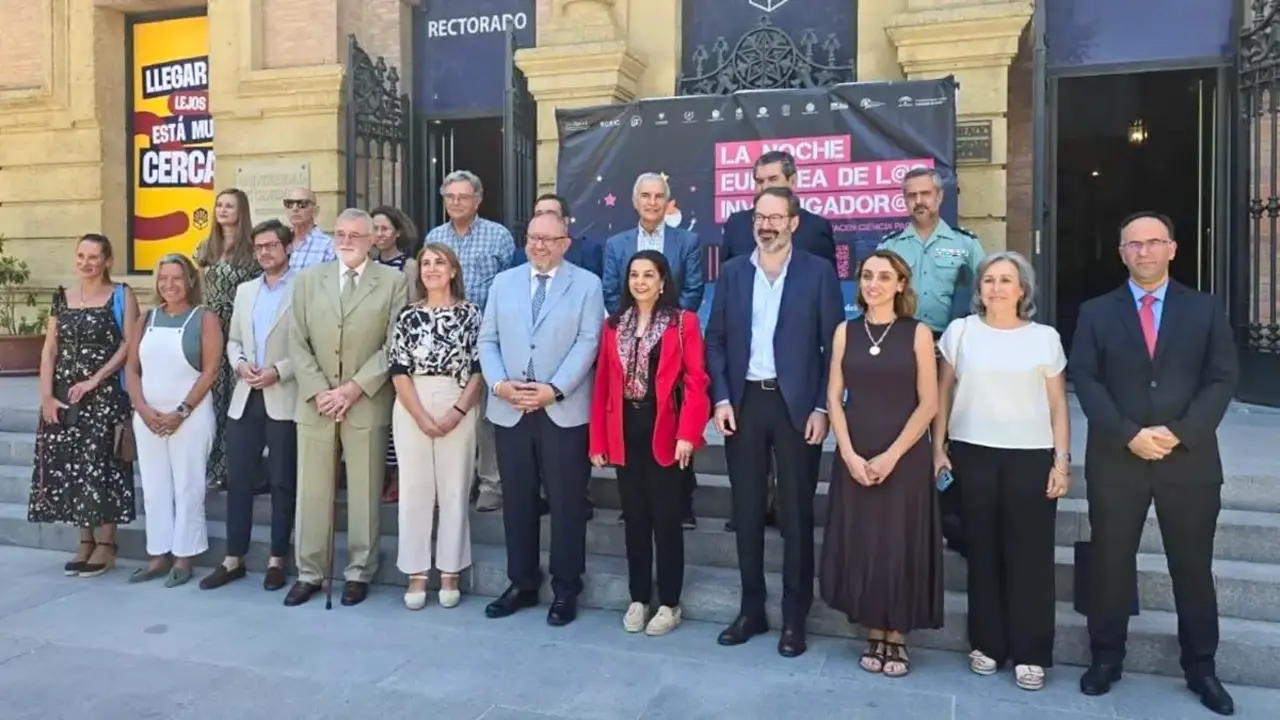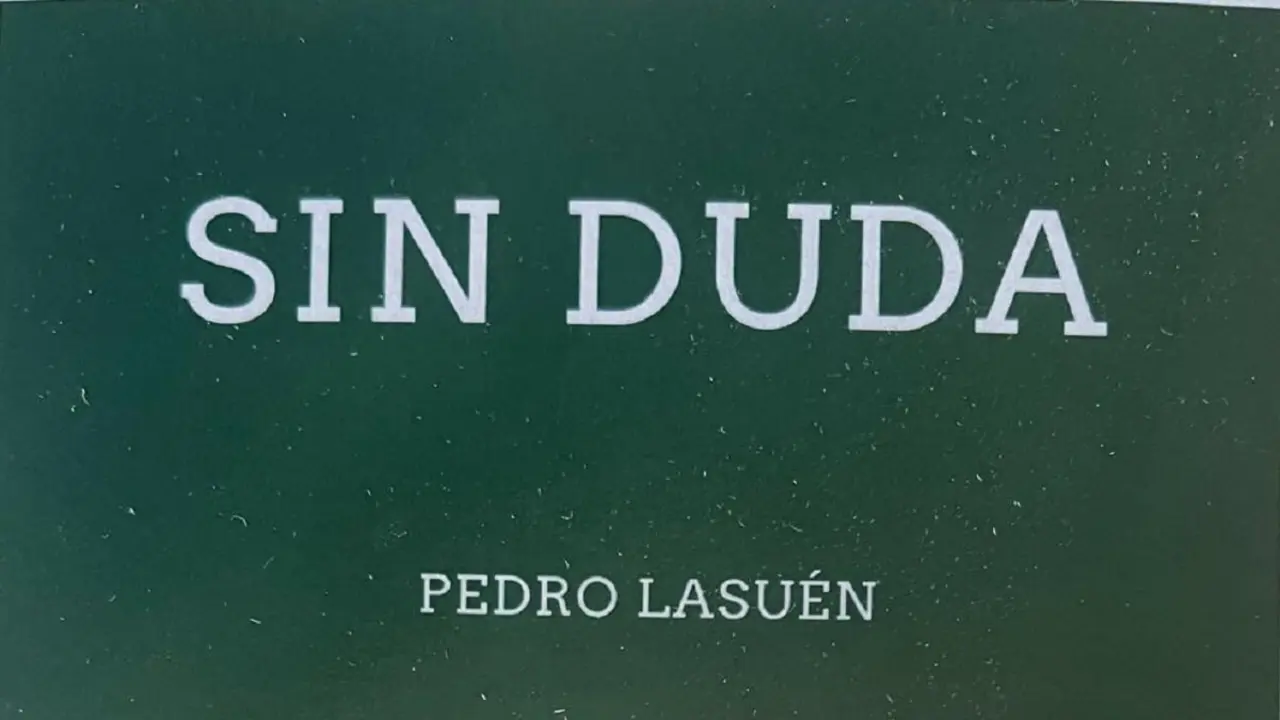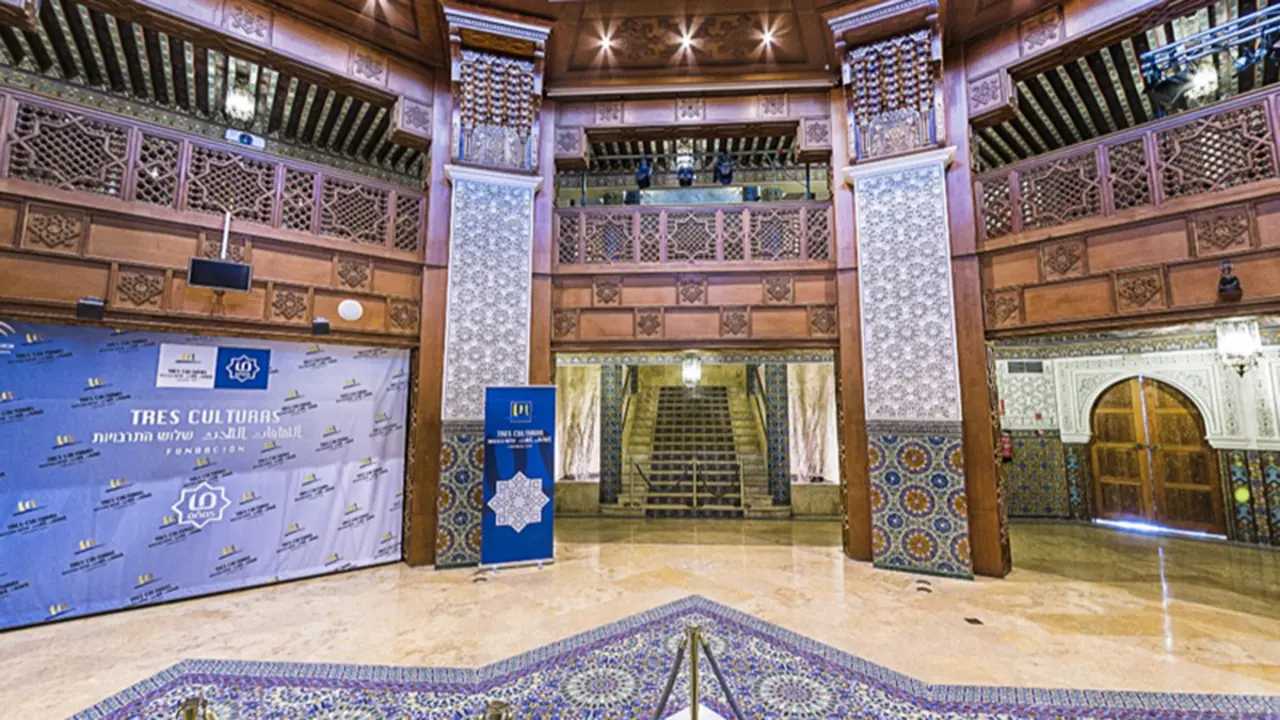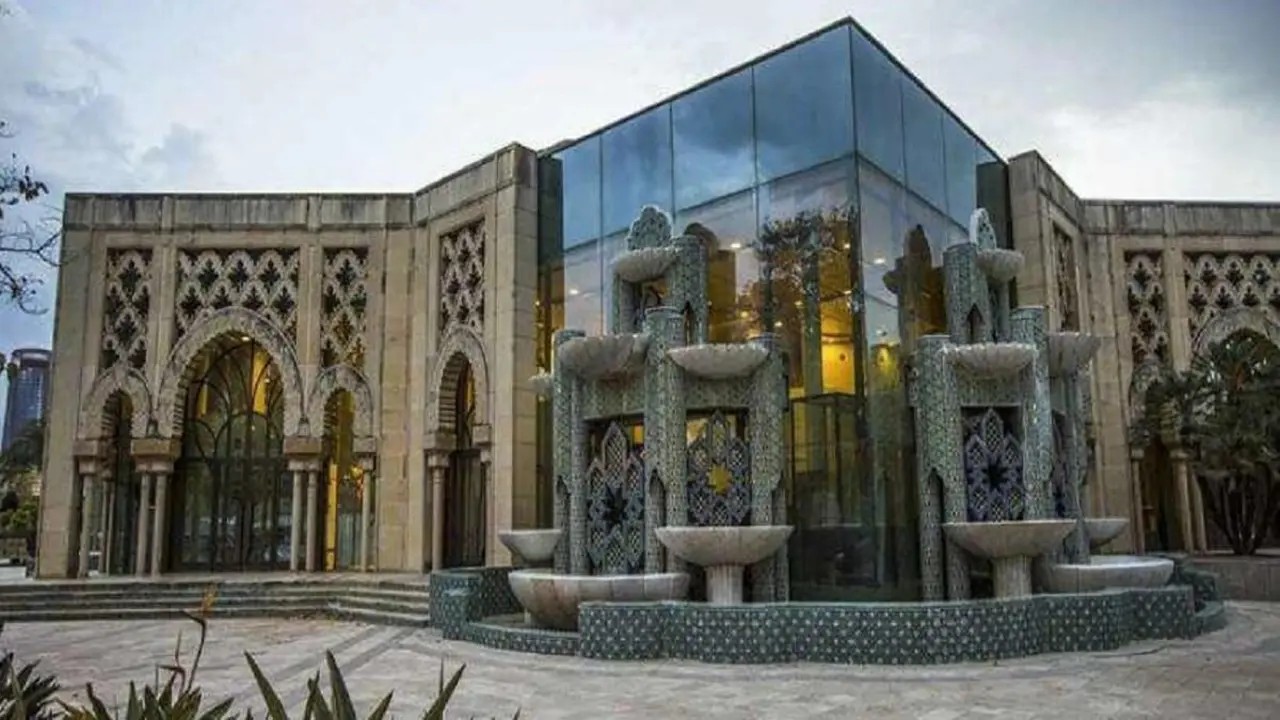"La vecindad cautelosa" (Cautious Neighbourhood): a timely and accurate analysis of Spain-Morocco relations
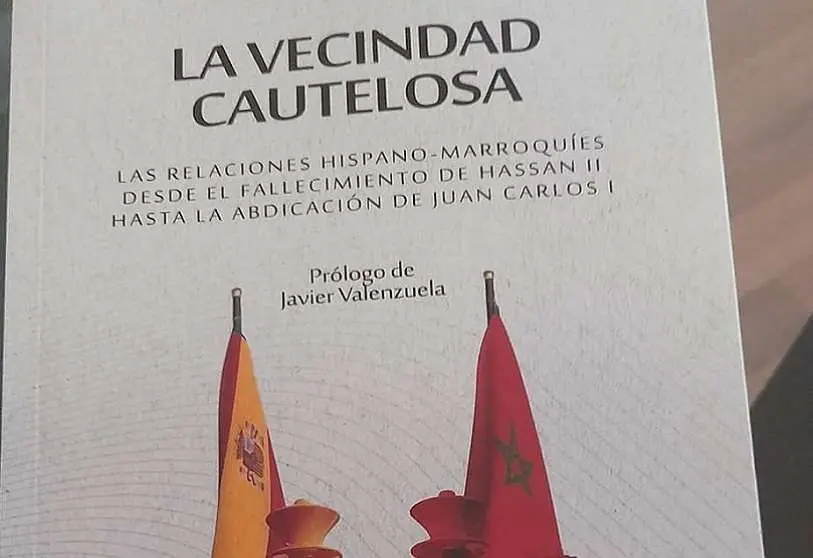
Until relatively recently, the Spanish-Moroccan library was scarce in bibliographical sources written by Moroccans or of Moroccan origin. They, like their country, were always the object of discourse, not the subject of it. That is: they are spoken of, but they are silenced where their opinion and reasoning is useful to introduce contrasting or counterbalancing elements to what is thought of them. However, in the last five years alone, more than ten books written by Moroccans or researchers of Moroccan origin have been published in Spanish. Several historical essays written in Spanish have also been translated into Arabic by Moroccan translators. This is beginning to break the traditional barrier to direct communication between the two languages, and especially between the two southern and northern shores of the Mediterranean. Morocco and Spain, despite the frictions imposed by their neighbourhood, are beginning to communicate without the mediation and/or interference of third parties. Likewise, the Other, traditionally the object of study, is beginning to appear in the pages of Spanish publications as a person with a voice who could make himself heard by those who want to listen to him.
In this sense, the Diwan-Mayrit publishing house has opened a certain communicative gateway not only to the Maghreb, but to Africa in general, both for creative literature and for reflective essays such as the case we are dealing with, 'La vecindad cautelosa', written in Arabic by the journalist Nabil Driouch, translated by Abdelkhalak Najmi and prefaced by the journalist and writer Javier Valenzuela, who is also very knowledgeable about Morocco, where he was a correspondent.
'La vecindad cautelosa' is an enjoyable book to read. It combines an informative character, as befits the work of an established journalist, with academic, critical and self-critical analysis. In fact, the author of the book, its translator and its prologue are all professional journalists with close links to academia and to essay and creative writing. For this reason, this book combines current affairs and political and sociological opportunities, the fruit of journalistic information, with the analysis and explanation of its historical and cultural background, typical of reflective and academic writing.
The book, from its circumstances of writing and reception, is rather aimed at an Arab reader cognitively established on the other shore of the Mediterranean, since its author, Nabil Driouch, could have written it perfectly well in Spanish, but he preferred the language of his book to be Arabic. Even so, beyond the language of writing and the author's country of origin, an attempt has been made to leave the necessary distance between the author and his object of study so as not to present a partisan, nationalist or ideological and politically marked vision, as is generally observed in journalistic writings on both sides of the Mediterranean. It should be remembered, as an interpretative framework for this equidistant stance, that the media positions between Spaniards and Moroccans are generally very marked and even radicalised, necessarily forcing a clear positioning by one party or the other. It is also worth noting that the self-censorship and red lines that the author might have imposed on himself are tiny in an attempt to present reality in its socio-historical complexity. Writing about Morocco or Spain and doing so with political and ideological disinterest, adopting rational and descriptive criteria, is no easy task. That is why it is important to appreciate this third position, a republic of analysts and intellectuals, which serves as an interpretative mediation of events and of the frictions, and there are many of them, between the two countries. Hence the explanation for the metonymy of its title, attributing caution to neighbourliness.
Moreover, the book has an additional merit in that it does not rely on newspaper archives and bookish literature to reproduce only the deficiencies and conflicts between the two countries, but also emphasises what it sees as positive in this relationship and those areas that work well.
However, the titles of the book's table of contents and the words that comprise it revolve around conflict, thus denoting a certain tendency, without detracting from what has been said in the preceding paragraphs, not to conceal the state of Spanish-Moroccan relations. The book, in addition to the introduction and foreword by Javier Valenzuela, with the evocative title 'Encantado de entendernos' (Enchanted to understand each other), consists of four chapters:
1.- Morocco and Spain in the most difficult confrontation.
This chapter focuses on four historical figures, Hassan II, Mohammed VI, Aznar and Bush, with various scenarios such as Laila or Perejil, Madrid, Algiers, Rabat, Paris, Quintos de Mora and Marrakech. There are also events such as the renewal of the fishing agreements, Aznar's absolute majority, the Perejil islet crisis, the Romeo-Sierra operation, the Marrakech summit and the Madrid bombings. As can be seen, this chapter is not only focused on a neighbourhood that can be described as conflictive, but also belligerent with various actors on an international scale, but mainly in the Western Mediterranean.
2.- The Spanish Socialists and Morocco.
This chapter deals with the return of the Socialists to the Spanish government and their relationship with Morocco after, supposedly, the era of José María Aznar. This chapter, in comparison with the previous one, is symbolically divided into two clearly distinct parts, judging by the lexicon used: diplomacy, agreement, cooperation, promotion; as opposed to coldness, silence, indecision, crisis, cooling off. This suggests that the disagreement between Spain and Morocco is less bellicose than with the right in power.
3.- Mobilisations in the streets of Morocco and the economic crisis in Spain.
The third chapter, although it returns to the Spanish right-wing in power, devotes a few pages to the Moroccan situation before, during and after the Arab Spring. Once again, the old issues reappear, along with the economic crisis, the return of the PP, the new stance, the pragmatic stage... which gives an insight into the difference between the new Spanish right-wing government and the previous one in chapter 1.
4.- Ceuta and Melilla: the postponed confrontation.
The book once again devotes the last chapter to this thorny problem between Morocco and Spain, which has been evoked in all the previous chapters. The author combines the historical-military approach to the problem since the mid-19th century with the sociological and anthropological inter-ethnic and inter-confessional dimension, as well as Spain's attempt to internationalise the issue by invoking NATO and Europeanising it by placing it under the economic and defensive umbrella of the EU.
The contribution of this chapter is particularly interesting with regard to the human and social composition of these enclaves and the complexity of regulating and normalising the situation of their Muslim population.
Finally, the book presents the voice of the Other on issues traditionally dealt with from a single perspective, which makes it all the more interesting.
Mohamed El-Madkouri Maataoui
Universidad Autónoma de Madrid
el-madkouri@uam.es


